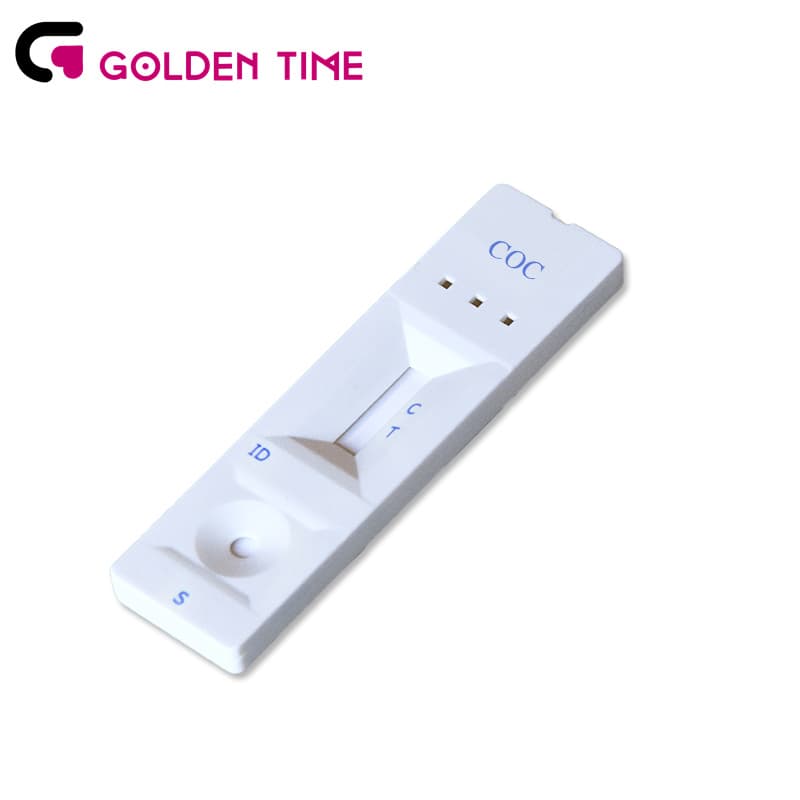Nov . 16, 2024 03:59 Back to list
best malaria card test
The Best Malaria Card Test A Revolutionary Tool in Malaria Diagnosis
Malaria remains one of the most deadly infectious diseases worldwide, particularly affecting tropical and subtropical regions. Early and accurate diagnosis is crucial in managing the disease effectively, and over the years, various diagnostic methods have been developed. Among these, the malaria card test has emerged as a revolutionary tool, offering numerous advantages that make it a preferred choice in resource-limited settings.
Understanding Malaria and Diagnosis
Malaria is caused by Plasmodium parasites, which are transmitted to humans through the bites of infected Anopheles mosquitoes. Symptoms often include fever, chills, sweating, and fatigue, which can progress to severe illness and even death if left untreated. The traditional method of malaria diagnosis has relied on microscopy, where blood smears are examined for the presence of parasites. While effective, microscopy requires skilled personnel, laboratory facilities, and considerable time, which can be challenging in remote areas.
This need for rapid and reliable testing paved the way for the development of rapid diagnostic tests (RDTs), commonly known as malaria card tests. These tests have transformed the landscape of malaria diagnosis, allowing for quick identification of the disease at the point of care.
How the Best Malaria Card Test Works
Malaria card tests work on the principle of immunochromatographic detection. They utilize specific antibodies that bind to antigens produced by the malaria parasites. When a blood sample is applied to the test card, if malaria antigens are present, they will react with the antibodies resulting in a visible line on the test strip. This simple and effective process requires no specialized training and can provide results in as little as 15 minutes.
Advantages of the Malaria Card Test
1. Speed and Convenience One of the most significant advantages of malaria card tests is their speed. Unlike traditional methods that may take hours, RDTs deliver results in a fraction of the time, enabling prompt treatment decisions. This rapid diagnosis is crucial in areas where delays can lead to adverse health outcomes.
best malaria card test

2. Ease of Use The malaria card test is designed to be user-friendly, requiring minimal technical skills to perform. This makes it an ideal option for health workers in remote or rural settings, where access to laboratory facilities and trained personnel is limited.
3. Stability and Portability Unlike microscopy equipment that is bulky and sensitive to environmental conditions, malaria card tests are compact and can be stored at room temperature. This portability allows healthcare workers to carry them into the field for testing in communities that might not have access to health facilities.
4. Reduced Costs Malaria card tests are cost-effective compared to traditional diagnostic methods. Their affordability makes them accessible to low-resource settings, ultimately contributing to improved disease management and outcomes.
5. Increased Access to Diagnosis With the deployment of malaria card tests in endemic regions, more individuals can be tested, leading to increased access to timely diagnostics and treatment. This increased accessibility is vital in controlling malaria transmission and reducing morbidity and mortality rates.
Limitations and Considerations
While the best malaria card tests offer numerous benefits, there are some limitations to consider. The accuracy of these tests can vary based on the quality of the test, the prevalence of different malaria species, and the stage of the infection. In some cases, false negatives may occur, particularly in low-parasitemia infections. Therefore, it’s crucial to continue integrating RDTs with clinical assessments and their use in conjunction with microscopy where necessary.
Conclusion
The malaria card test represents a significant advancement in the fight against malaria. Its speed, simplicity, and cost-effectiveness make it an invaluable tool for healthcare providers, especially in resource-limited settings. As efforts continue to eliminate malaria, embracing innovative diagnostics like the malaria card test will play a pivotal role in achieving better health outcomes and ultimately saving lives. With persistent commitment to enhancing access to such tools, the global community can hope to see a significant decline in malaria morbidity and mortality rates in the coming years.
-
Reliable Early Pregnancy Test Kit Supplier - Multi Plastic Cassette Options
NewsJul.30,2025
-
Transferrin Rapid Test Cassette – Reliable Tumor Marker Detection
NewsJul.29,2025
-
Accurate Follicle Stimulating Hormone Test Kit | Rapid Reliable Results
NewsJul.29,2025
-
High Accuracy LH Ovulation Test Kit - Digital Results & Wholesale Options
NewsJul.29,2025
-
HbsAg Blood Rapid Test Kit for Fast & Accurate Hepatitis B Detection
NewsJul.28,2025
-
Sterile Urine Cup for Safe & Easy Collection | High-Quality Specimen Cups
NewsJul.28,2025

